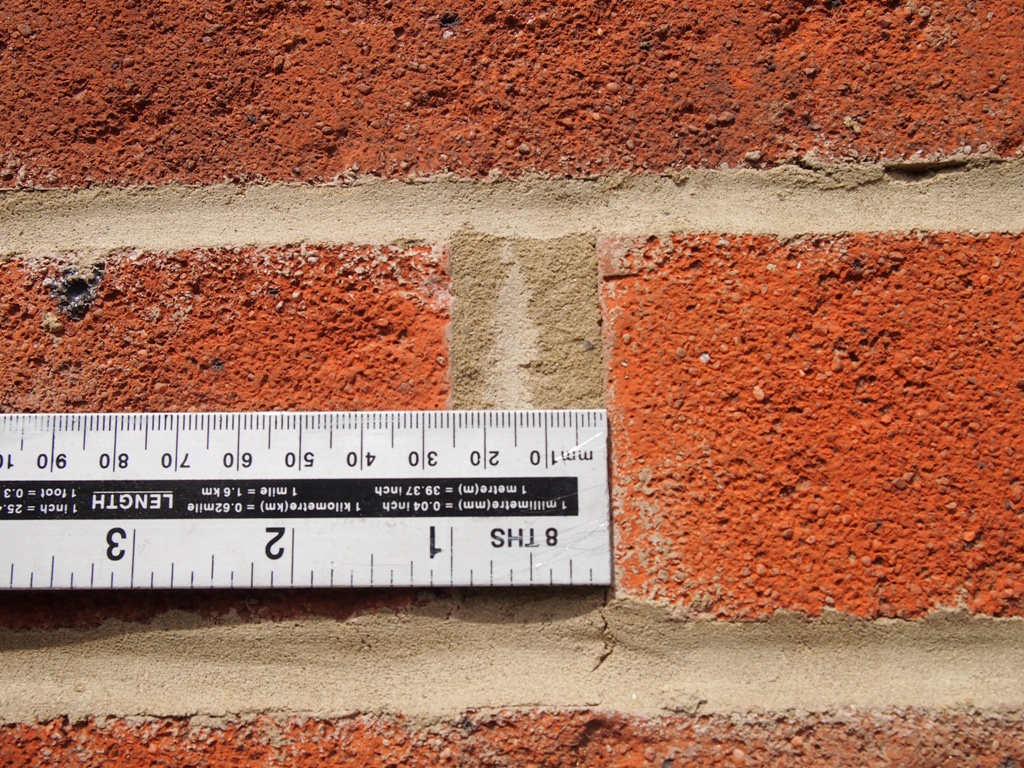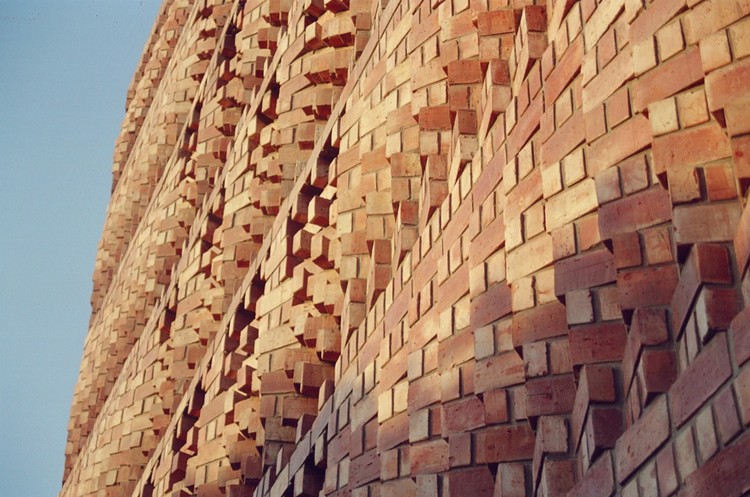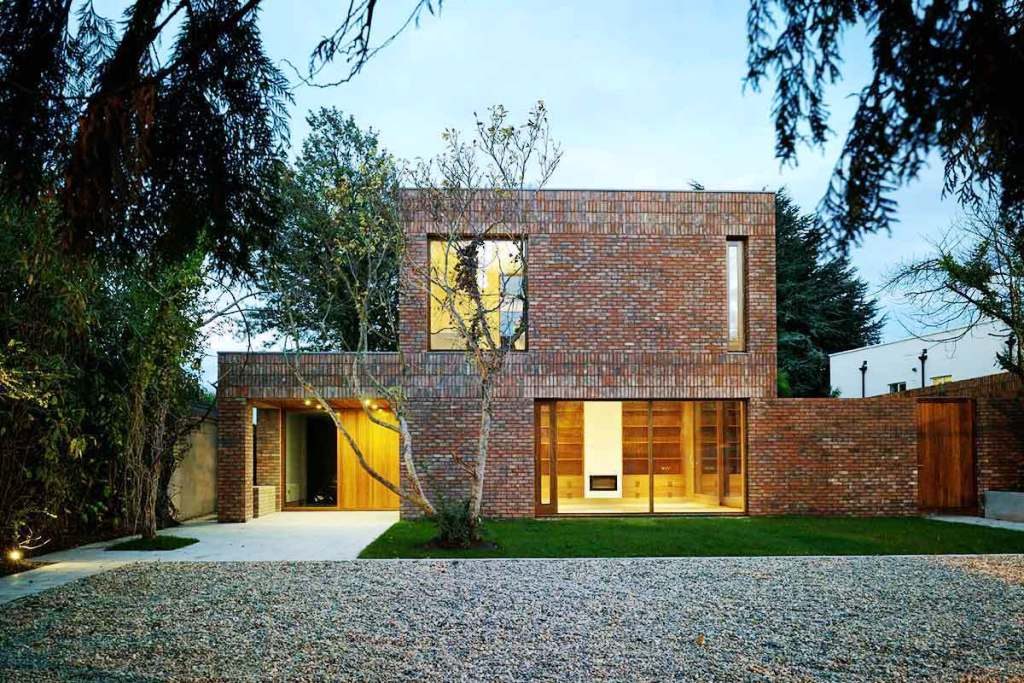A large number of buildings, both residential and commercial, resort to brickwork masonry for the purpose of construction. It is very common for such buildings to go through brickwork defects. Despite the fact that brickwork masonry is a huge industry, unlike concrete and other materials where engineering supervision is part of the production process, masonry is executed by traditional craftsmen. These craftsmen are skillful and know their job well but they do not have the required engineering knowledge to be able to understand the different demands of a construction site in the context of the different variable factors that might influence it. There are some common brickwork defects that you occur on almost all construction sites where masonry is used as a construction material. In majority cases, this happens due to poor workmanship of the masons. Here are some of the common brickwork defects that you might come across at a building.
Unfilled Bed Joints

One of the most common errors that traditional masons make is leaving the gaps between the bricks unfilled. This usually happens when the masons are in a hurry and finish the task in haste and indicate carelessness on their part. Various construction tests have proved that bed joints that are not filled properly or completely can weaken the brickwork by up to 33%.
Excessively Thick Bed Joints
An excessively thick bed joint is as problematic as an incompletely filled bed joint. When bed joints are unnecessarily thick they cannot only out stress on the bricks but can also result in a significant reduction in the compressive strength of the bricks. The standard thickness of bed joints is 10 mm.
Alignment Deviation

A significant reduction in brick strength is caused if a brick wall is not aligned properly. This defect can easily be fixed by installing wavy tail brick ties or wall starter screw ties. The installation of these ties is simple and can help prevent the damages caused by the misaligned deviation.
Lack of Protection from Adverse Weather Conditions
It is extremely important that the brickwork is protected from getting exposed to adverse weather conditions after they have been laid off. If the bricks are exposed to excessive heat the brickwork can lose its moisture content and can become dehydrated. As a result, the mortar will lose its strength. Likewise, exposure excessive cold weather conditions such as snow or chilly weather can result in freezing, which might result in the displacement of bricks. These problems can be easily avoided by covering the brickwork with materials such as polyethene sheets which can protect them from direct exposure to such weather conditions.
Wrong Proportions of Mixing Mortar
Another common mistake that is made by brickwork masons is using wrong proportions when mixing mortar for laying the bricks. The proportions of mortar mix have a direct effect on its strength. For example, if the mortar is mixed with a high water to cement ratio the mortar will lose its strength. It is therefore important to supervise the masons and see that the standard proportions of mortar mix are strictly followed.






